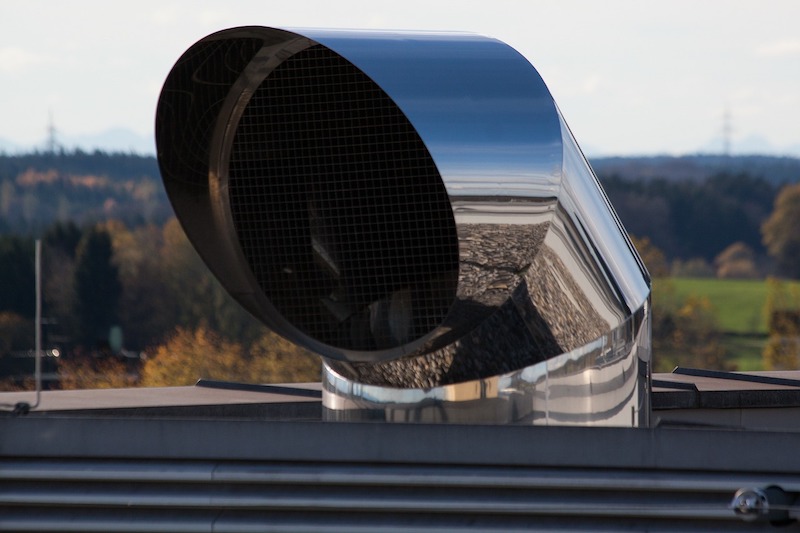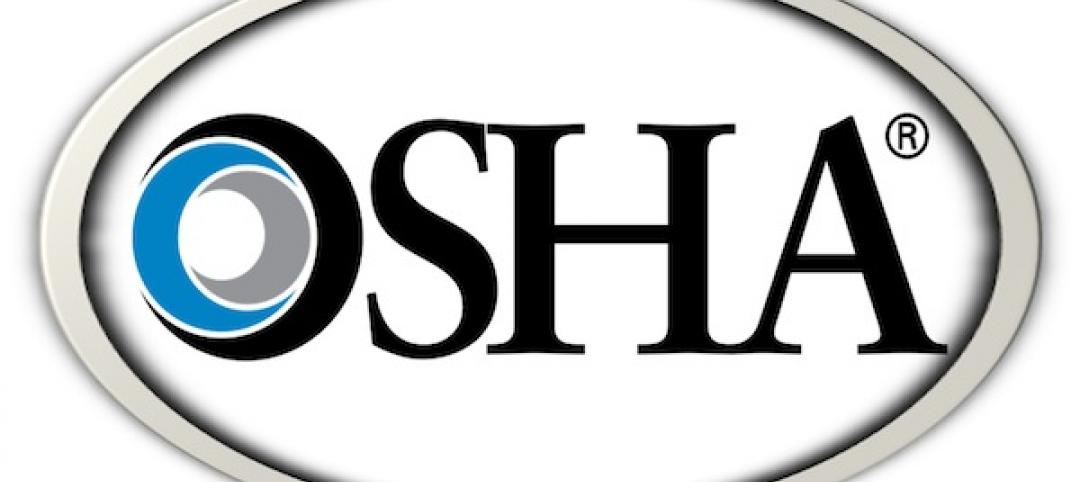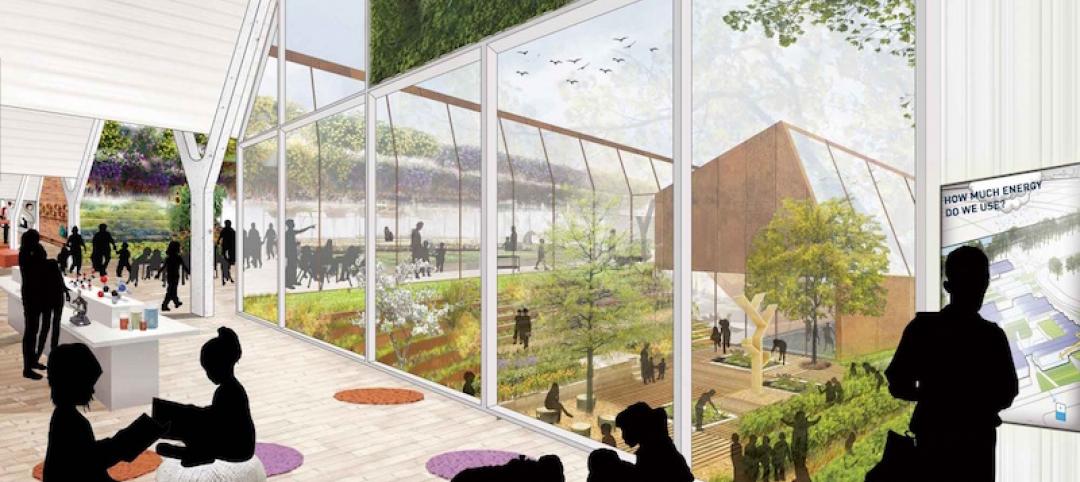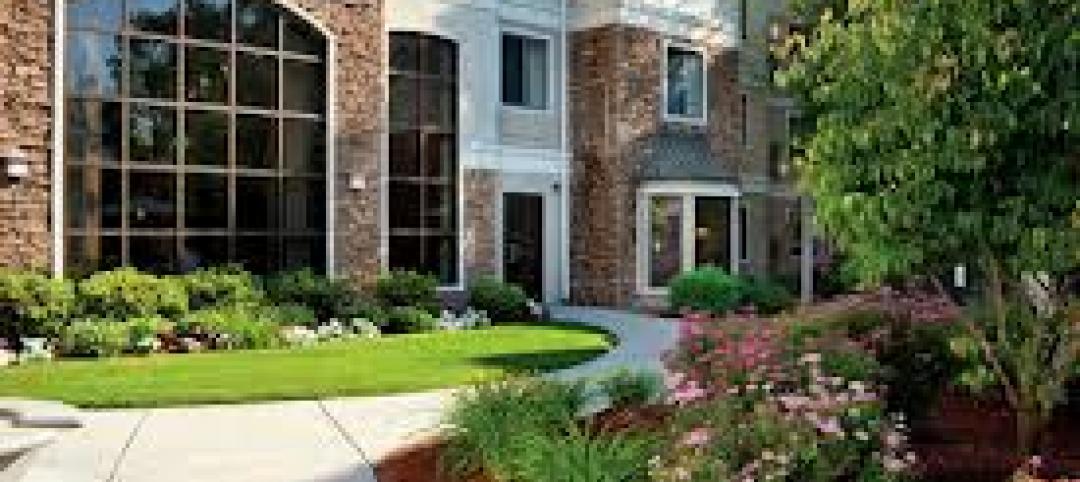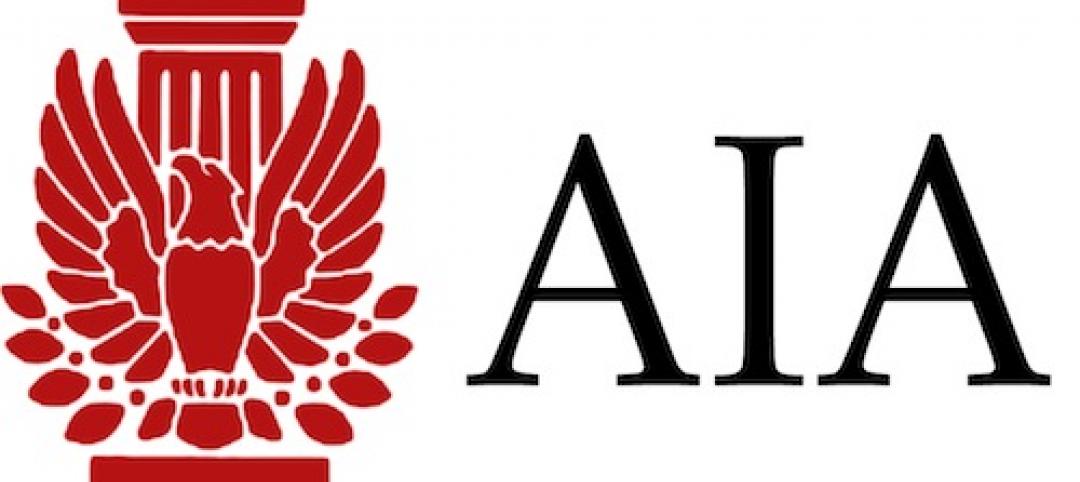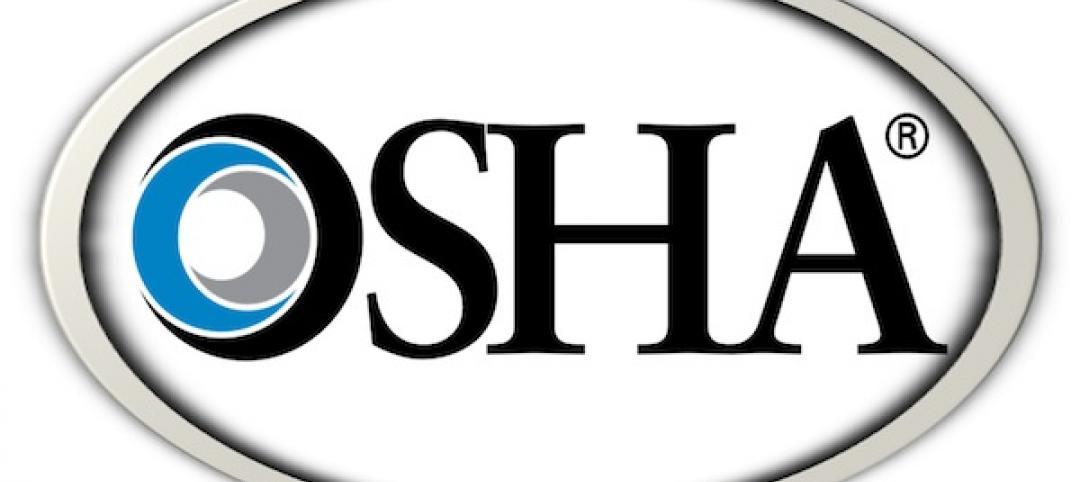Experts examined reduced pathogen transmission using a building’s original mechanical design, original installation, design intent, and proper maintenance in a new white paper.
Return Ductwork Requirement for Airborne Pathogens Through the Airstream, discusses two approaches: pressure barriers and airflow distribution. The paper looks at the pros and cons of using the cavity above a finished ceiling as a return air plenum combined with supply air to the air handler as a proper ventilation technique.
Considerations include how ventilation systems affect the health and well-being of building occupants. A ceiling plenum provides some fan-specific energy efficiency and reduced material and labor costs, but it could put occupants and workers at risk and result in unintended energy losses. An open ceiling plenum is difficult to clean and disinfect, while ductwork can be easily cleaned.
A ducted return system allows a testing, adjusting, and balancing professional to adjust room pressures and airflow patterns to accommodate a change in use or mitigate pathogen transmission during a pandemic. Authors of the white paper include members of the American Society of Heating, Refrigerating and Air-Conditioning Engineers (ASHRAE) Technical Committee 5.2 Duct Design.
Related Stories
| Oct 25, 2012
OSHA and NIOSH offer Spanish version of nail gun safety document
The Occupational Safety and Health Administration and the National Institute for Occupational Safety and Health have made available a Spanish version of “Nail Gun Safety - A Guide for Construction Contractors.”
| Oct 25, 2012
AGC holding webinar on sequestration’s potential impacts on the construction industry
AGC will hold a free webinar on sequestration and its potential impact on federal construction contractors on Nov. 7.
| Oct 25, 2012
Nashville providing incentives for green roofs
The city of Nashville, Tenn., is promoting the installation of green roofs through a measure providing a $10 reduction in a property's sewer fees for every square foot of vegetative roof.
| Oct 25, 2012
Net Zero buildings will use operating systems like computers to save energy
As buildings become more efficient and begin to use distributed electricity generation, they will need to become “smarter,” using operating systems much as a computer does.
| Oct 18, 2012
Princeton, N.J. residents upset over proposal to exempt colleges from land use laws
Princeton, N.J. residents criticized proposed legislation that would exempt private colleges and universities from following local land use laws for construction projects.
| Oct 18, 2012
Utah contracting firm challenges state immigration law
Universal Contracting LLC of American Fork, Utah, has filed suit challenging the constitutionality of Utah’s 2011 immigration law.
| Oct 18, 2012
More than 65,000 construction, design jobs may be cut if sequestration takes place
About $2 billion worth of construction and design projects would be eliminated if scheduled federal budget cuts, referred to as sequestration, take effect on Jan. 2, 2013.
| Oct 18, 2012
OSHA investigating parking garage collapse that kills four at Doral, Fla. college
OSHA is investigating the collapse of a five-story concrete parking garage under construction at Miami Dade College West Campus in Doral, Fla. that killed four workers and injured several others.
| Oct 18, 2012
EPA commercial building lead paint rule pushed back to 2015
The U.S. Environmental Protection Agency's inclusion of commercial buildings in a residential lead paint rule is being delayed until 2015.
| Oct 18, 2012
Chicago pushing green roofs to reduce heat island effect
The city of Chicago has mandated that all new buildings that require any public funds must be LEED certified, usually with a green roof.


